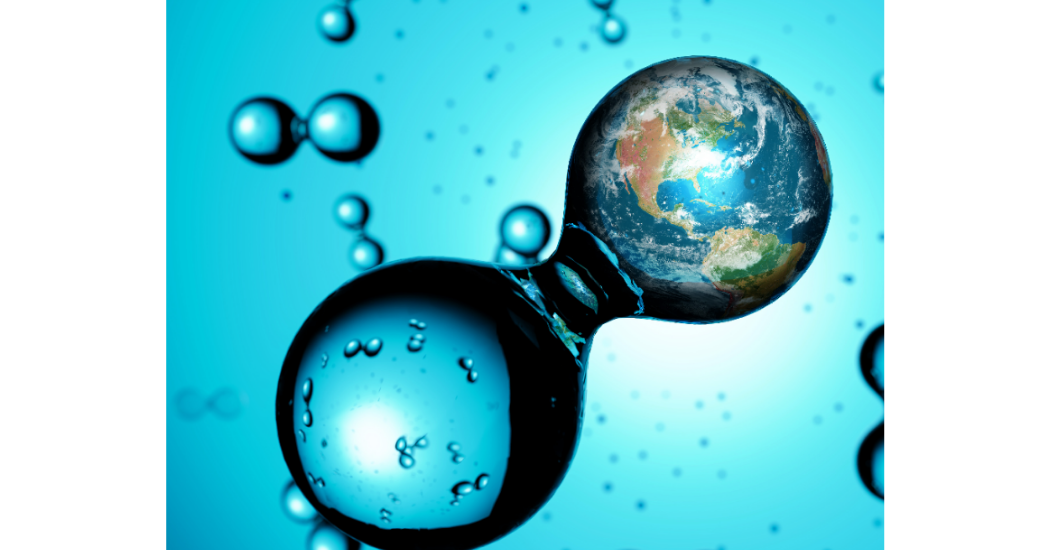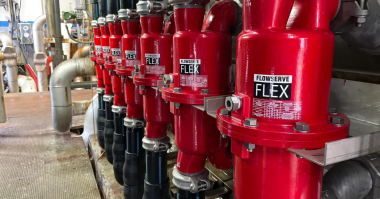Keeping innovative electrolysis systems cool and flowing
Expanding renewable power sources can enable industrial companies to achieve their sustainability goals and also ensure access to clean but affordable, reliable, and secure energy.
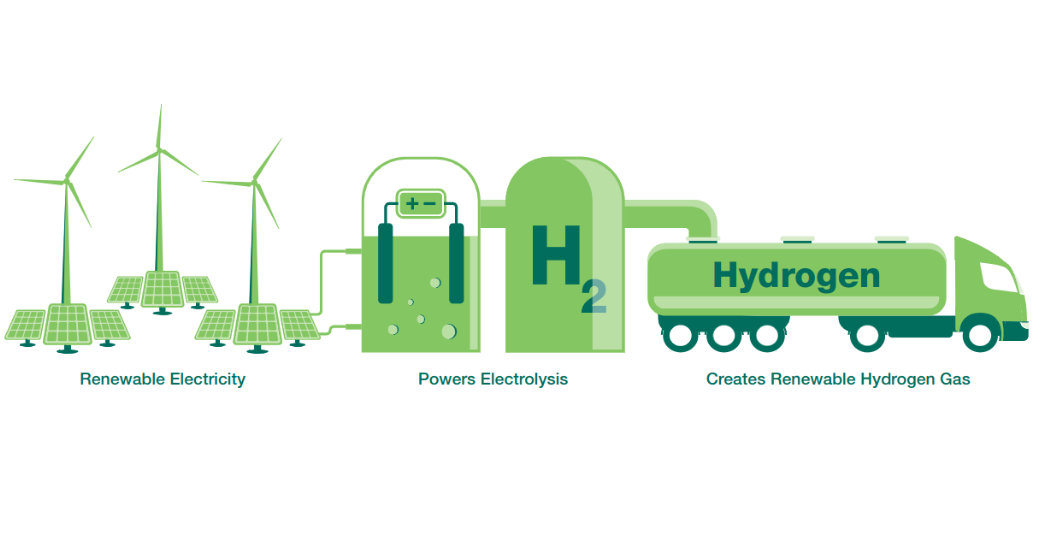
There’s an increasing worldwide focus on minimizing environmental impact. Governments and global organizations alike are establishing more stringent regulations in an effort to reduce emissions that contribute to the greenhouse gases (GHG) which warm the atmosphere and cause climatic change. In addition, businesses of all sizes and across industries are taking more steps to minimize or eliminate their carbon footprints and consume resources more efficiently.
These efforts raise the urgency to build out alternative power sources* and environmentally friendly industrial facilities. Among the most promising options is so-called “green” hydrogen, produced as an industrial fuel with electricity from solar and wind sources.
Superior pumps for hydrogen applications
Flowserve is fully prepared to support the transition to green hydrogen with:
- INNOMAG® TB-MAG™ thrust-balanced, sealless process pumps
- Durco® Mark 3™ chemical process pumps
- SIHI® ZLND general industry and CBTA low-lifecycle cost chemical pumps
In green hydrogen applications, Flowserve pumps can operate reliably and leak-free in circulation and cooling systems.
The greening of hydrogen production
The new industrial process and business opportunities to generate and utilize power from green hydrogen will be significant.
- For example, the European Union plans to install 6 GW of renewable hydrogen electrolyzers by 2024.**
- The U.S. Department of Energy (DOE) has committed $100 million to develop hydrogen production technologies that will make green hydrogen less expensive than natural gas.
Pumps for producing green hydrogen
Nearly all hydrogen for industrial uses is currently produced in refineries and manufacturing plants by combusting natural gas. This so-called “grey” hydrogen production emits harmful CO2 in large quantities. Creating more environmentally friendly “green” hydrogen, however, requires alternative energy sources. Electricity from solar or wind sources is used instead of natural gas to separate water into hydrogen and oxygen with zero carbon emissions.***
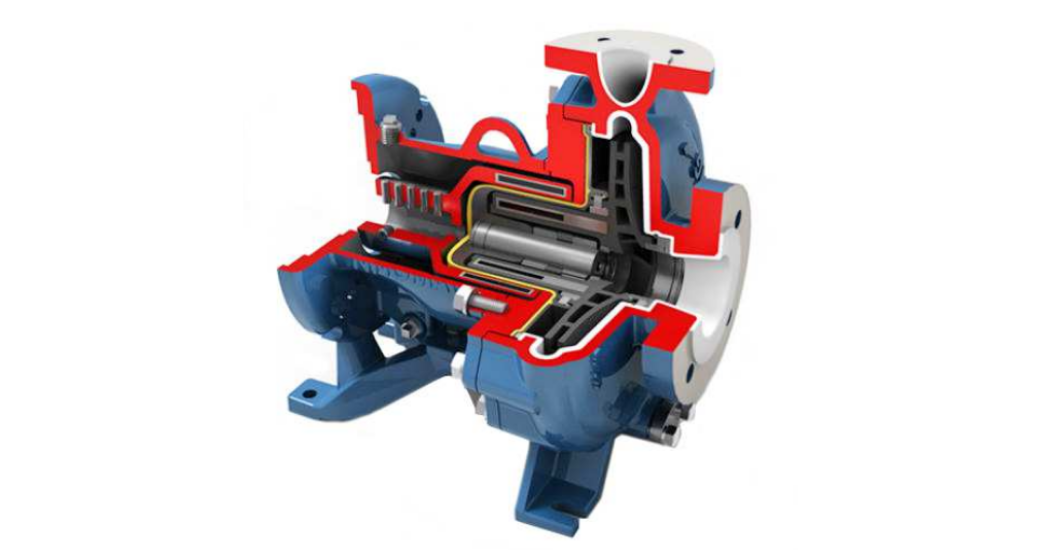
Leak- and maintenance-free INNOMAG TB-MAG pumps
This innovative electrolysis process remains more expensive than conventional hydrogen production methods, so companies also need solutions that enable them to better manage costs. They can be found by investing in pumps available from Flowserve that provide a low total cost of ownership (TCO). One example is the INNOMAG TB-MAG pump, which eliminates the need for maintenance in circulation systems for hydrogen production.
With the INNOMAG TB-MAG pump, there are no mechanical seal or ball bearings to fail, no shaft alignment or impeller adjustment needed, no emissions testing required, and no lube or oil to be changed. In addition to eliminating maintenance, the non-metallic design does not expose the process liquid to metallic parts. As a result, no metallic ions or particles can contaminate the fluid.
Additional pumps for green hydrogen production
Other Flowserve chemical process and industrial pumps also may be used to produce green hydrogen. The following models are well-suited for cooling water applications:
- Durco Mark 3 pumps are designed to minimize downtime, maximize working life, and lower maintenance costs in cooling processes during hydrogen production.
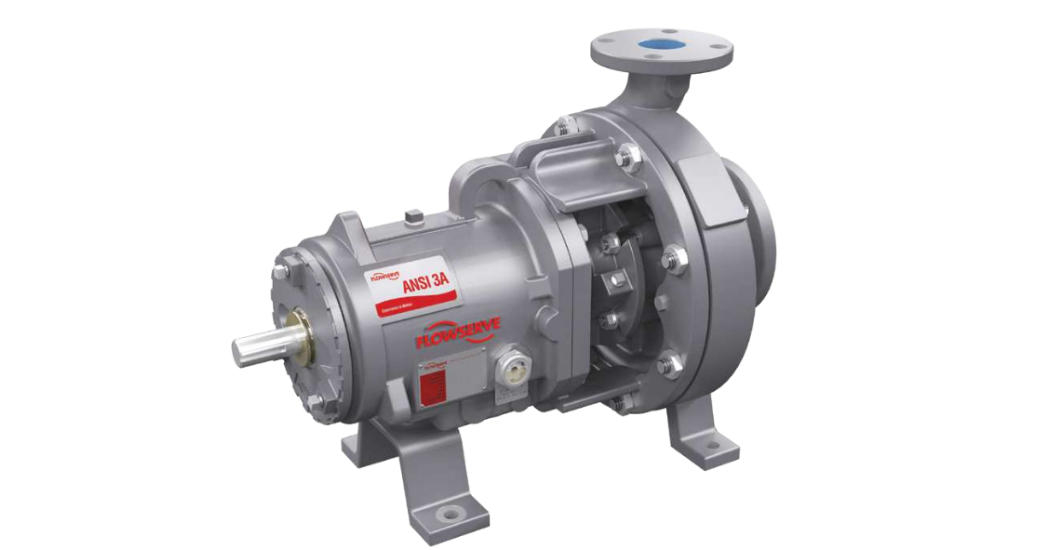
- SIHI CBTA horizontal, single-stage volute casing pumps are based on water standard applications (16 bar); they provide high capacity and can handle temperatures up to 200°C (392°F).
- SIHI ZLND horizontal, end-suction volute casing pumps offer a low-lifecycle cost solution with high efficiency and low power consumption in higher-flow chemical processes up to 170°C (338°F).
Growing demand for green hydrogen
Powered only by solar and wind energy sources, the electrolysis process used to create green hydrogen leaves only oxygen as a by-product.
- About 70 million metric tons of green hydrogen are already produced globally every year to power the production of ammonia, chemicals, fertilizer, food, gas, oil, and steel.
- The European Union wants to accelerate the adoption of green hydrogen to meet its net-zero emissions goal by 2050.
* Research and Markets, “Global Wind Turbine Market – Forecasts from 2020 to 2025,” September 2020, https://www.researchandmarkets.com/reports/5174309/global-wind-turbine-market-forecasts-from-2020 (accessed July 22, 2021).
** Jim Magill, “Blue Vs. Green Hydrogen: Which Will The Market Choose?,” Forbes, February 22, 2021, https://www.forbes.com/sites/jimmagill/2021/02/22/blue-vs-green-hydrogen-which-will-the-market-choose (accessed July 22, 2021).
*** Jim Magill, “Blue Vs. Green Hydrogen: Which Will The Market Choose?,” Forbes, February 22, 2021, https://www.forbes.com/sites/jimmagill/2021/02/22/blue-vs-green-hydrogen-which-will-the-market-choose (accessed July 22, 2021).

